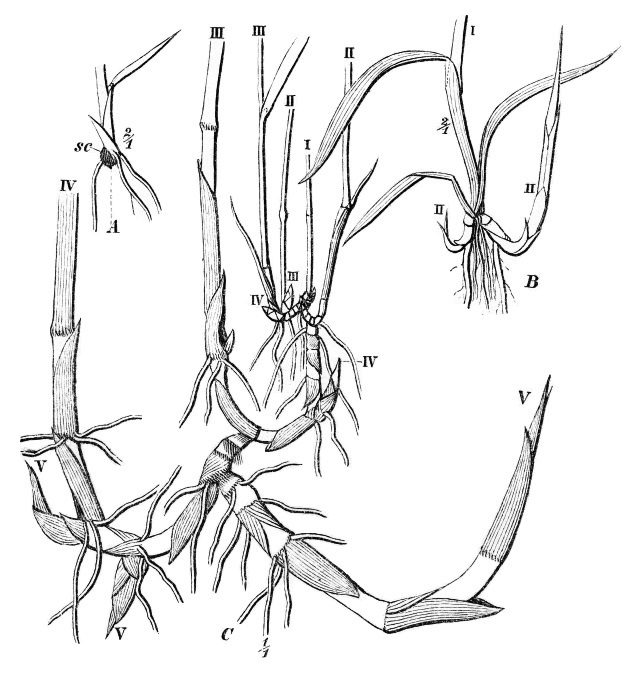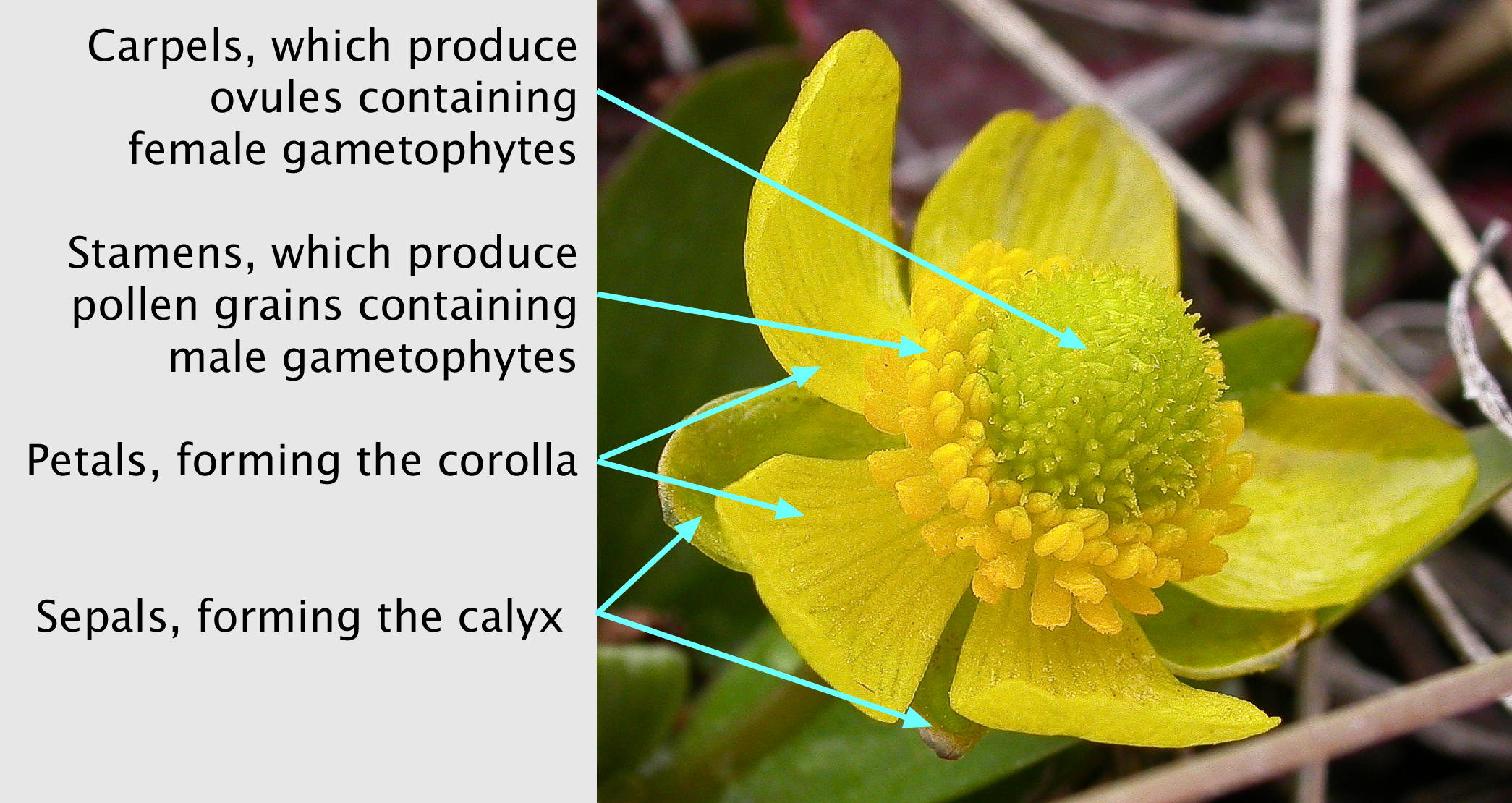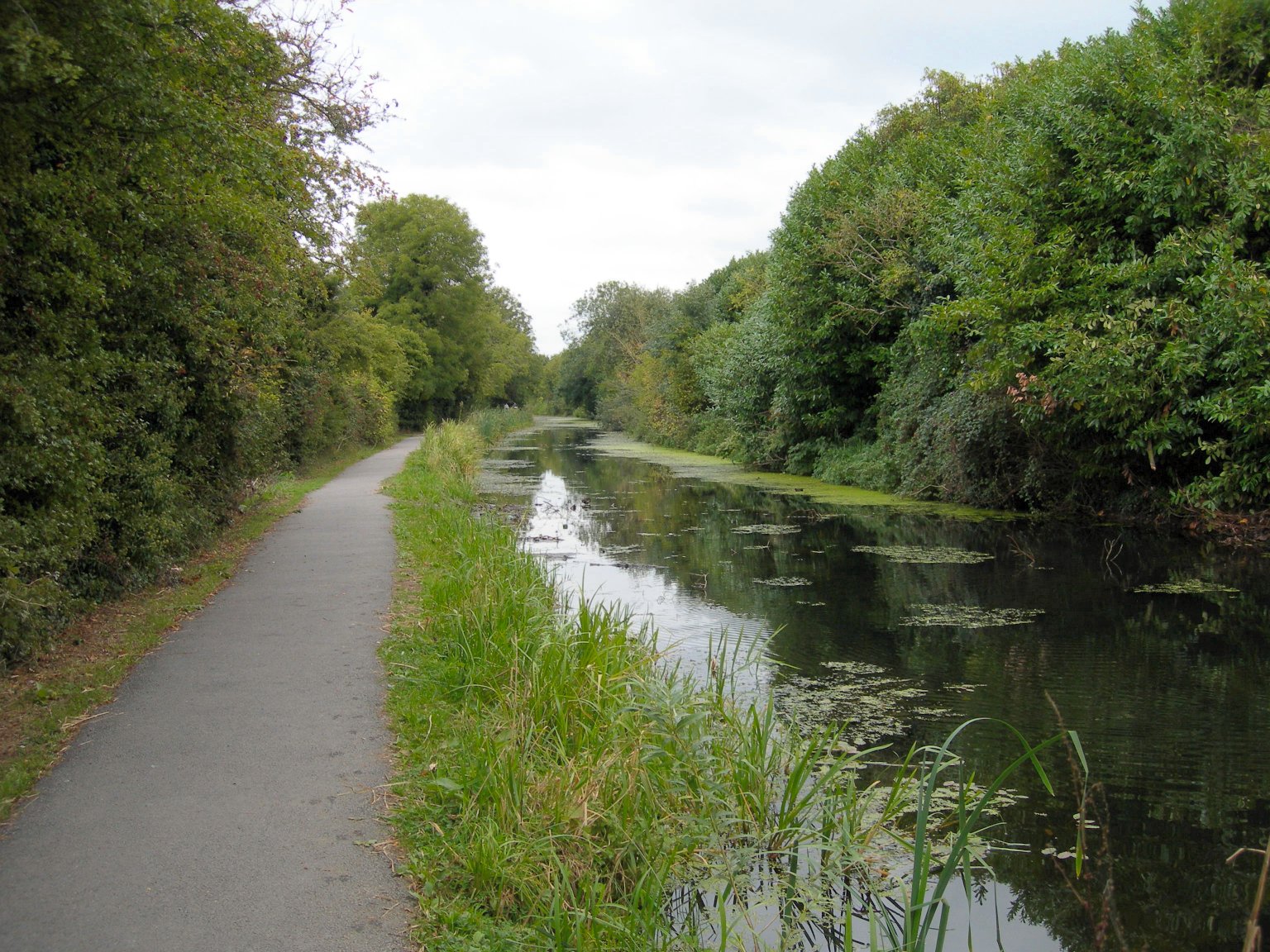|
Brinkworth Brook
The Brinkworth Brook is a tributary of the Bristol Avon. It rises near Broad Hinton in Wiltshire in the West Country of England, and flows in a north and then westerly direction, joining the Avon at Great Somerford. Course The Brinkworth Brook rises at Broad Town, just north of Broad Hinton, near Royal Wootton Bassett. It flows first in a northerly direction, and then just south of Royal Wootton Bassett it is joined by minor tributaries from Westlea in Swindon and a reservoir at Tockenham Wick. The stream then passes under the M4 motorway and turns to the west past Brinkworth, joined on the right by the Thunder Brook near Dovey's Farm. At Somerford Bridge the Brinkworth Brook turns south and joins the Bristol Avon near Dauntsey House at Great Somerford. History The brook forms the southern and part of the western boundaries of the parish of Brinkworth. There is evidence of a watermill, possibly on the Brinkworth Brook in the 16th century. Natural history The Brinkworth B ... [...More Info...] [...Related Items...] OR: [Wikipedia] [Google] [Baidu] |
Wiltshire
Wiltshire (; abbreviated Wilts) is a historic and ceremonial county in South West England with an area of . It is landlocked and borders the counties of Dorset to the southwest, Somerset to the west, Hampshire to the southeast, Gloucestershire to the north, Oxfordshire to the northeast and Berkshire to the east. The county town was originally Wilton, after which the county is named, but Wiltshire Council is now based in the county town of Trowbridge. Within the county's boundary are two unitary authority areas, Wiltshire and Swindon, governed respectively by Wiltshire Council and Swindon Borough Council. Wiltshire is characterised by its high downland and wide valleys. Salisbury Plain is noted for being the location of the Stonehenge and Avebury stone circles (which together are a UNESCO Cultural and World Heritage site) and other ancient landmarks, and as a training area for the British Army. The city of Salisbury is notable for its medieval cathedral. Swindon is ... [...More Info...] [...Related Items...] OR: [Wikipedia] [Google] [Baidu] |
M4 Motorway
The M4, originally the London-South Wales Motorway, is a motorway in the United Kingdom running from west London to southwest Wales. The English section to the Severn Bridge was constructed between 1961 and 1971; the Welsh element was largely complete by 1980, though a non-motorway section around Briton Ferry bridge remained until 1993. On the opening of the Second Severn Crossing in 1996, the M4 was rerouted over it. The line of the motorway from London to Bristol runs closely in parallel with the A4. After crossing the River Severn, toll-free since 17 December 2018, the motorway follows the A48, to terminate at the Pont Abraham services in Carmarthenshire. The M4 is the only motorway in Wales apart from its two spurs: the A48(M) and the M48. The major towns and cities along the routea distance of approximately include Slough, Reading, Swindon, Bristol, Newport, Cardiff, Bridgend, Port Talbot and Swansea. History A new road from London to South Wales was first propo ... [...More Info...] [...Related Items...] OR: [Wikipedia] [Google] [Baidu] |
Glyceria Maxima
''Glyceria maxima'' (syn. ''G. aquatica'' (L.) Wahlenb.; ''G. spectabilis'' Mert. & W.D.J. Koch; ''Molinia maxima'' Hartm.; ''Poa aquatica'' L.), commonly known as great manna grass, reed mannagrass, reed sweet-grass, and greater sweet-grass is a species of rhizomatous perennial grasses in the mannagrass genus native to Europe and Western Siberia Siberia ( ; rus, Сибирь, r=Sibir', p=sʲɪˈbʲirʲ, a=Ru-Сибирь.ogg) is an extensive geographical region, constituting all of North Asia, from the Ural Mountains in the west to the Pacific Ocean in the east. It has been a part o ... and growing in wet areas such as riverbanks and ponds. It is highly competitive and invasive and is often considered to be a noxious weed outside its native range. References External links USDA PLANTS Profile in ... [...More Info...] [...Related Items...] OR: [Wikipedia] [Google] [Baidu] |
Phragmites
''Phragmites'' () is a genus of four species of large perennial reed grasses found in wetlands throughout temperate and tropical regions of the world. Taxonomy The World Checklist of Selected Plant Families, maintained by Kew Garden in London, accepts the following four species: * '' Phragmites australis'' ( Cav.) Trin. ex Steud. – cosmopolitan * '' Phragmites japonicus'' Steud. – Japan, Korea, Ryukyu Islands, Russian Far East * '' Phragmites karka'' ( Retz.) Trin. ex Steud. – tropical Africa, southern Asia, Australia, some Pacific Islands, invasive in New Zealand * '' Phragmites mauritianus'' Kunth – central + southern Africa, Madagascar, Mauritius The cosmopolitan common reed has the generally accepted botanical name ''Phragmites australis''. (Cav.) Trin. ex Steud. About 130 other synonyms have been proposed. Examples include ''Phragmites communis'' Trin., ''Arundo phragmites'' L., and ''Phragmites vulgaris'' (Lam.) Crép. (illegitimate name). Wildlife in reed ... [...More Info...] [...Related Items...] OR: [Wikipedia] [Google] [Baidu] |
Carex
''Carex'' is a vast genus of more than 2,000 species of grass-like plants in the family Cyperaceae, commonly known as sedges (or seg, in older books). Other members of the family Cyperaceae are also called sedges, however those of genus ''Carex'' may be called true sedges, and it is the most species-rich genus in the family. The study of ''Carex'' is known as caricology. Description All species of ''Carex'' are perennial, although some species, such as '' C. bebbii'' and '' C. viridula'' can fruit in their first year of growth, and may not survive longer. They typically have rhizomes, stolons or short rootstocks, but some species grow in tufts ( caespitose). The culm – the flower-bearing stalk – is unbranched and usually erect. It is usually distinctly triangular in section. The leaves of ''Carex'' comprise a blade, which extends away from the stalk, and a sheath, which encloses part of the stalk. The blade is normally long and flat, but may be folded, inrolled, ... [...More Info...] [...Related Items...] OR: [Wikipedia] [Google] [Baidu] |
Desmoulin's Whorl Snail
Desmoulin's whorl snail (''Vertigo moulinsiana'') is a species of minute air-breathing land snail, a terrestrial pulmonate gastropod mollusc or micromollusc in the family Vertiginidae, the whorl snails. This species was named in honor of the early-19th-century French naturalist Charles des Moulins. Habitat Desmoulin's whorl snail inhabits calcareous wetlands, where there are tall sedges, saw-sedge (''Cladium mariscus''), reed-grass ('' Glyceria maxima'') or the reed ''Phragmites australis''. Distribution The distribution of this species is Atlantic (the part of the Palearctic area which is under the direct climatic influence of the Atlantic Ocean), and southern-European. This small snail occurs across Europe as far north as southern Sweden. Within Western Europe, only the populations in England (Great Britain) and Ireland are considered to be viable, although further populations exist in the Czech Republic (critically endangered, occupying the White Carpathians Biosp ... [...More Info...] [...Related Items...] OR: [Wikipedia] [Google] [Baidu] |
Ranunculus
''Ranunculus'' is a large genus of about almost 1700 to more than 1800 species of flowering plants in the family Ranunculaceae. Members of the genus are known as buttercups, spearworts and water crowfoots. The genus is distributed in Europe, North America and South America. The familiar and widespread buttercup of gardens throughout Northern Europe (and introduced elsewhere) is the creeping buttercup '' Ranunculus repens'', which has extremely tough and tenacious roots. Two other species are also widespread, the bulbous buttercup '' Ranunculus bulbosus'' and the much taller meadow buttercup '' Ranunculus acris''. In ornamental gardens, all three are often regarded as weeds. Buttercups usually flower in the spring, but flowers may be found throughout the summer, especially where the plants are growing as opportunistic colonizers, as in the case of garden weeds. The water crowfoots (''Ranunculus'' subgenus ''Batrachium''), which grow in still or running water, are sometimes ... [...More Info...] [...Related Items...] OR: [Wikipedia] [Google] [Baidu] |
Watermill
A watermill or water mill is a mill that uses hydropower. It is a structure that uses a water wheel or water turbine to drive a mechanical process such as milling (grinding), rolling, or hammering. Such processes are needed in the production of many material goods, including flour, lumber, paper, textiles, and many metal products. These watermills may comprise gristmills, sawmills, paper mills, textile mills, hammermills, trip hammering mills, rolling mills, wire drawing mills. One major way to classify watermills is by wheel orientation (vertical or horizontal), one powered by a vertical waterwheel through a gear mechanism, and the other equipped with a horizontal waterwheel without such a mechanism. The former type can be further divided, depending on where the water hits the wheel paddles, into undershot, overshot, breastshot and pitchback (backshot or reverse shot) waterwheel mills. Another way to classify water mills is by an essential trait about their location: ti ... [...More Info...] [...Related Items...] OR: [Wikipedia] [Google] [Baidu] |
Brinkworth, Wiltshire
Brinkworth is a village and civil parish in northern Wiltshire, England. The village lies between Royal Wootton Bassett and Malmesbury, about north of the M4 motorway and west of Swindon. The west end of Brinkworth village is Causeway End. The civil parish of Brinkworth includes the hamlets of Braydon Side, Callow Hill, The Common, and the tithing of Grittenham, a rural community to the south of the village of Brinkworth. Much of Brinkworth village is a linear settlement along the east-west B4042, extending for some . The village is sometimes described as the longest in England although others such as Meopham, Kent make the same claim. History Brinkworth Manor was given to Malmesbury Abbey by the nobleman Leofsige, sometime before the Domesday Book survey. The abbey held the land until the Dissolution of the Monasteries, at which time it was granted to William Stumpe. It then passed into the family of the Earl of Berkshire and Suffolk, until it was sold privately between ... [...More Info...] [...Related Items...] OR: [Wikipedia] [Google] [Baidu] |
Tockenham Wick
Tockenham is a village and civil parish in north Wiltshire, England. The village is about east of Lyneham and southwest of the town of Royal Wootton Bassett. The parish includes the hamlet of Tockenham Wick. Roman villa A Roman villa a short distance north of the present village was the subject of an episode of the archaeological television programme ''Time Team'', broadcast in 1995. As a result of their geophysical survey, sample trenches and environmental core samples, the site was subsequently scheduled to give it legal protection. Based on pottery finds, the site was occupied from the mid 2nd century to the late 4th century. Although no complete mosaic floors were found, tesserae and painted plaster were both found in some numbers, suggesting a major building phase in the 4th century. Later history The Domesday Book of 1086 recorded 17 households in the area. At Tockenham Wick, in the north of the parish, is a substantial manor house dating from c. 1600, now Grade II* ... [...More Info...] [...Related Items...] OR: [Wikipedia] [Google] [Baidu] |
England
England is a country that is part of the United Kingdom. It shares land borders with Wales to its west and Scotland to its north. The Irish Sea lies northwest and the Celtic Sea to the southwest. It is separated from continental Europe by the North Sea to the east and the English Channel to the south. The country covers five-eighths of the island of Great Britain, which lies in the North Atlantic, and includes over 100 smaller islands, such as the Isles of Scilly and the Isle of Wight. The area now called England was first inhabited by modern humans during the Upper Paleolithic period, but takes its name from the Angles, a Germanic tribe deriving its name from the Anglia peninsula, who settled during the 5th and 6th centuries. England became a unified state in the 10th century and has had a significant cultural and legal impact on the wider world since the Age of Discovery, which began during the 15th century. The English language, the Anglican Church, and Eng ... [...More Info...] [...Related Items...] OR: [Wikipedia] [Google] [Baidu] |
Swindon
Swindon () is a town and unitary authority with borough status in Wiltshire, England. As of the 2021 Census, the population of Swindon was 201,669, making it the largest town in the county. The Swindon unitary authority area had a population of 233,410 as of 2021. Located in South West England, the town lies between Bristol, 35 miles (56 kilometres) to its west, and Reading, equidistant to its east. Recorded in the 1086 Domesday Book as ''Suindune'', it was a small market town until the mid-19th century, when it was selected as the principal site for the Great Western Railway's repair and maintenance works, leading to a marked increase in its population. The new town constructed for the railway workers produced forward-looking amenities such as the UK’s first lending library and a ‘cradle-to-grave' health care centre that was later used as a blueprint for the NHS. After the Second World War, the town expanded dramatically again, as industry and people moved out f ... [...More Info...] [...Related Items...] OR: [Wikipedia] [Google] [Baidu] |


.png)




